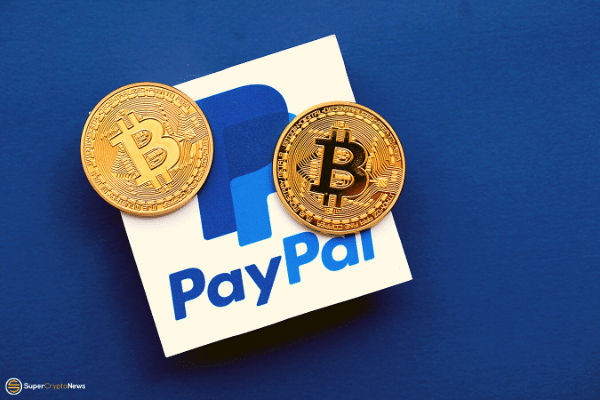It was recently reported that both Slope Financial and Nomad suffered $6 million and nearly $200 million (respectively) worth of losses from cyber attacks. Coincidentally, they happened to be the companies that Circle Internet Financial’s venture-capital division had invested in.
This is an addition to the list of woes for Circle as it prepares to go public later this year. The company – which started getting into VC investment in late 2021 – is known for issuing a USD Coin (USDC) stablecoin. Coupled with the fact that the entire stablecoin market is currently under greater regulatory scrutiny due to TerraUSD’s collapse, times are hard for the crypto company.
Circle, which invested in startup blockchain projects and companies, participated in Slope Finance’s $8 million Series A in February, and in April, it took part in Nomad’s $22.4 million seed round.
When asked about the Nomad exploit during an interview, a Circle spokesperson replied that they are monitoring the current situation. When questions about Slope Finance were put to the table, Circle responded the same way.
Based on the spokesperson’s statement, Circle did not suffer any significant financial losses with its connections to Nomad and Slope. However, the investments demonstrated how the growing industry’s interconnections might have unfavorable side effects.
Based on data provided by CoinMarketCap, Circle’s U.S. dollar-pegged USDC is the second-largest stablecoin with a $54 billion market capitalization. Only Tether’s $66 billion USDT has surpassed it.
There were rumblings in Washington that more stablecoin regulation could be coming after the implosion of another stablecoin, UST, which uses a riskier method to retain its peg to the dollar.
Circle’s USDC pool of assets looks much more standard than UST, which was supposed to maintain its one-to-one relationship with the US dollar using an algorithm tied to Terra’s LUNA.
For the sake of increased transparency, an unaudited reserve report from last month released by Circle revealed that USDC is backed by $42.1 billion in short-term U.S government bonds and $13.6 billion in cash. The assets could be used to stabilize the coin’s peg and mitigate fears of industry-wide liquidation.



